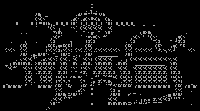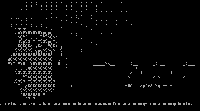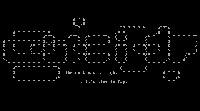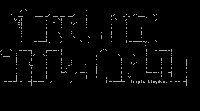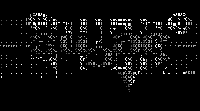
ART:
OTHER:
Main
Feature artist
Glossary
Programs
Links
Guestbook
Heister's Digital Art recommends:

This would probably be the first art form the computer was used for. It is based upon the use of the standard ASCII characters on the keyboard to make larger more intricate pictures.
Originally, it consisted upon only using the keys which were 'typeable' from the normal keyboard through use of only the character and its respective <SHIFT> key equivalent but has progressed so that the use of 'extended' character codes are a common occurrence. Although, true ASCII artist stand true to only using the standard type as the extended characters can turn up differently on differing systems.
ASCII soon became colourised through the use of ANSI codes but true ASCII artists were reluctant to add any colour to their works. Those who did, soon became ANSI artists or remained both.
These days, the ASCII art scene has faded but as long as we still have keyboards, it will never die. ASCII art can be seen on newsgroups but these lend themselves to a more amateur leagues. While most ASCII artists are in ANSI art groups, there are a handful of ASCII groups out there. ASCII art can still be seen on the FILE_ID.DIZ files in art packs.
In terms of fonts, two styles prevail. They are commonly known as old school, which is typified by its boxy look through the use of slashes, pipes and underscores, which dominates the european scene. Also, new school, a more smoother type, seen in most of the examples below.
Here's a small selection of mainly 25 line logos. There's not that many sub-25 line pics I could find but I chucked one in (2) as well as a minorly coloured ascii (6) and an old school ascii (5) just to show you the style.
Pros
Availability: All operating systems in the world have some sort of text editor. Therefore, everyone can do it!
Cons
Lack of colours: ASCIIs traditionally only come in one colour giving the artist a single pallette canvas.
